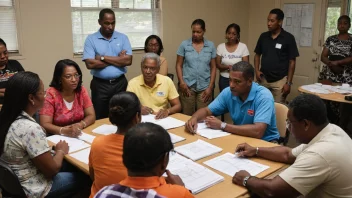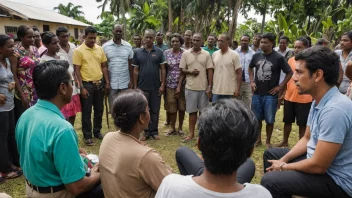Introduction
Language barriers can significantly hinder effective communication in community outreach efforts. When organizations aim to serve diverse populations, understanding and addressing these barriers is crucial for fostering inclusion and ensuring that services reach those in need. Here are seven essential strategies for effectively addressing language barriers in community outreach.
1. Employ Multilingual Staff
Having staff members who speak multiple languages can greatly enhance communication with diverse community members. This not only facilitates better understanding but also builds trust within the community.
2. Utilize Translation Services
Partnering with professional translation services can help ensure that written materials and verbal communications are accurately conveyed in the preferred languages of community members. This can include everything from flyers to official documents.
3. Create Visual Aids
Visual aids such as infographics, charts, and images can transcend language barriers. Using clear visuals alongside minimal text can help convey important information to individuals who may struggle with language comprehension.
4. Conduct Language Workshops
Organizing language workshops can empower community members to learn the dominant language used in the outreach programs. This not only helps them access services but also fosters a sense of belonging and participation.
5. Engage Community Leaders
Collaborating with local leaders who are respected within their communities can facilitate trust and encourage participation. These leaders can help bridge language gaps and advocate for the needs of their communities.
6. Leverage Technology
Utilizing translation apps and software can provide immediate assistance in communication. Many of these tools are user-friendly and can be employed during outreach events to help facilitate conversations.
7. Gather Feedback
Regularly seeking feedback from community members about their experiences with language barriers can inform future strategies. Understanding their perspectives will help organizations adapt and improve their outreach efforts.
Conclusion
Addressing language barriers is essential for effective community outreach. By employing multilingual staff, utilizing translation services, creating visual aids, conducting language workshops, engaging community leaders, leveraging technology, and gathering feedback, organizations can foster an inclusive environment where all community members feel valued and understood. Implementing these strategies not only enhances communication but also strengthens community ties.






